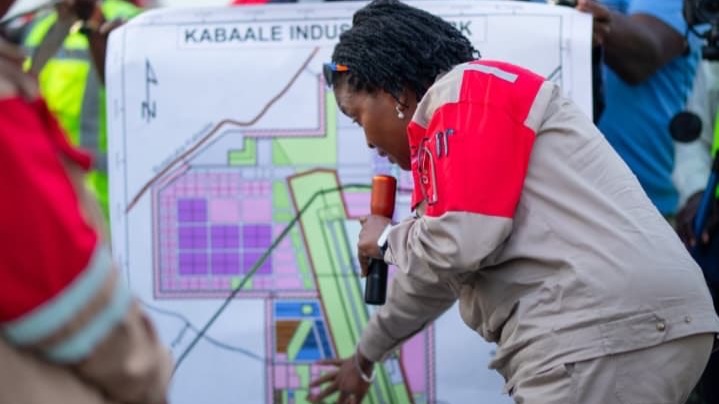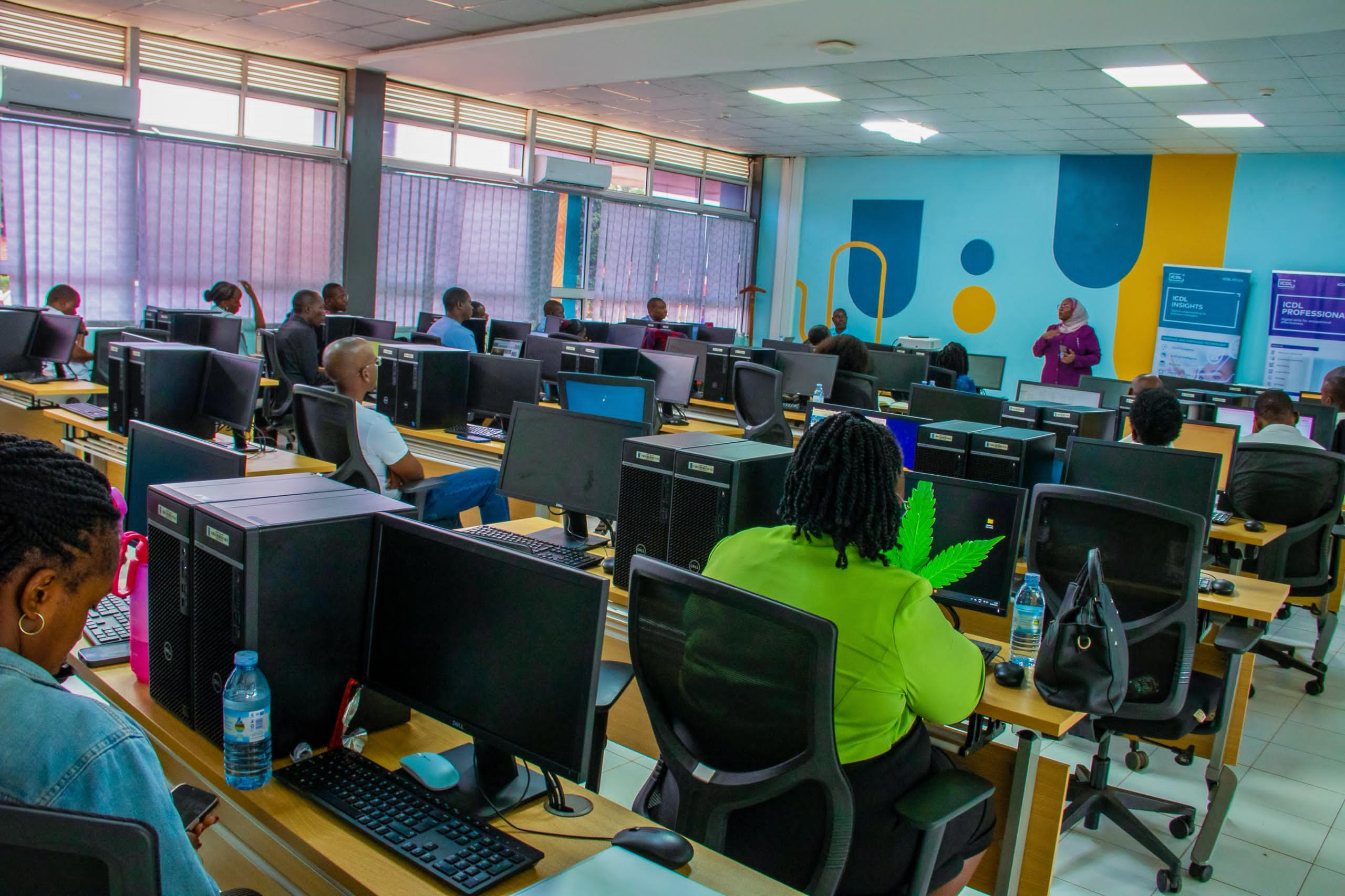In the heart of Hoima District, the Kabalega Industrial Park and International Airport are set to transform Uganda’s oil wealth into a driver of economic growth.
Covering nearly 30 square kilometres, the park will become the nation’s flagship industrial hub, combining advanced oil processing, manufacturing, and infrastructure positioning Uganda as a regional energy and industrial leader.
At the centre of this development is the national oil refinery, designed to turn crude oil from the Tilenga and Kingfisher fields into high-value products including diesel, gasoline, kerosene, and liquefied petroleum gas.
Complementary facilities, a multi-products pipeline connecting the refinery to the Namwabala storage terminal, a water supply system, and a distribution hub, ensure that refined products reach local and regional markets efficiently, reinforcing Uganda’s commitment to energy security and value addition.
The park has been meticulously planned to accommodate a range of industries. Heavy industries are clustered in one zone, while light and medium industries, agro-processing units, and real estate developments are positioned closer to the airport for logistical ease.
To date, UNOC has attracted 31 investors across petrochemicals, logistics, warehousing, agro-based industries, and ICT, with plans underway for a data centre linked to the East African Crude Oil Pipeline.
Proscovia Nabbanja, Chief Executive Officer of UNOC, highlighted the transformative vision behind the park. “Our focus is not just on producing oil, but on building an integrated industrial ecosystem that supports manufacturing, technology, and jobs for Ugandans. The Kabalega Industrial Park will be a model for how natural resources can drive inclusive growth,” she said.
To support investor activity, UNOC has opened 11 kilometres of internal roads out of a planned 98, providing access to industrial plots and enabling early construction work. The park is expected to create roughly 35,000 jobs once fully operational, supported by housing, hospitality, and recreational facilities. A resettlement programme for approximately 4,000 households was successfully completed, including compensation, livelihood restoration, and the construction of new schools and places of worship, ensuring that communities could continue to thrive nearby.
Kabalega International Airport, integrated within the industrial park, is set to become the region’s aerial gateway. Its 3.5-kilometre runway, capable of handling four large cargo aircraft simultaneously, accommodating up to 50 passengers per hour. Construction is 95.2% complete, with the main phase expected to finish by March next year, followed by certification and operational readiness. The airport’s connection to Hoima Road, will streamline transport for both cargo and industrial operations, linking the park seamlessly to national and regional networks.
Together, the Kabalega Industrial Park and Kabalega International Airport signal a new chapter in Uganda’s industrial journey. By turning oil wealth into a hub for jobs, technology, and industry, these projects illustrate how careful planning, strategic investment, and infrastructure can unlock sustainable growth and drive Uganda toward a future of shared prosperity.
Oct 29, 2025
Kabalega Industrial Park and Airport to Drive Uganda's Oil and Gas Transformation
Communication
By Fiona Luboga

The author is a Communications Officer at the Ministry of ICT & National Guidance.
Related Stories
Communication
Sectoral Performance Review Workshop Convened to Advance Digital Transformation Agenda
Jun 22, 2025

